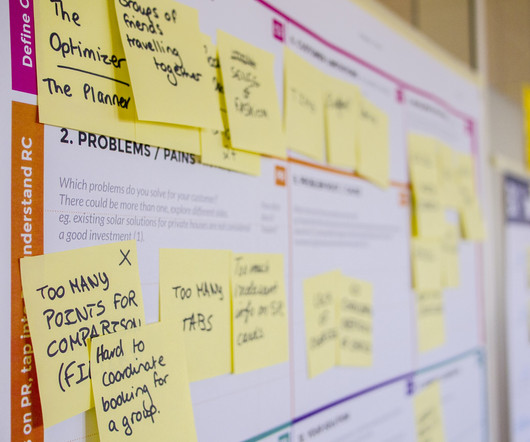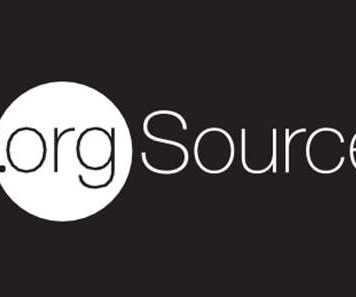The Unrecognized Risk of Status Quo Problem-Solving Skills for Grantmakers
sgEngage
MAY 25, 2023
In a sector that is so risk-averse—afraid of change, reluctant to explore new ideas, and adopt new practices—why do we rely on super risky problem-solving skills? The Funder’s Role in Risk Funders—by which I mean donors, foundations, impact investors, and government agencies that grant financial support—disincentivize risk in a few ways.













Let's personalize your content